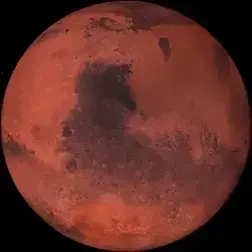- cross-posted to:
- [email protected]
- cross-posted to:
- [email protected]
This is the best summary I could come up with:
Dark matter makes up some 80 percent of the universe’s mass, but whatever it is, astronomers don’t exactly know what comprises this substance nor how exactly it behaves.
The mission is known as “The Analysis of Resolved Remnants of Accreted Galaxies as a Key Instrument for Halo Surveys,” or ARRAKIHS, and is slated to observe galaxies like our own Milky Way in the hopes of understanding what makes dark matter tick.
We can’t see these haloes directly, as dark matter doesn’t interact with light and is therefore invisible to us, but we can see the effects the substance has on a galaxy.
More specifically, dark matter haloes are thought to directly affect how galaxies rotate.
ESA intends for F-missions, true to their name, to launch relatively quickly after selection — and with a low price tag.
It means that the mission is now concretely valued," Pascale Jablonka, an astrophysicist at Switzerland’s École Polytechnique Fédérale de Lausanne, who leads ARRAKIHS’s science component, said in a statement.
The original article contains 508 words, the summary contains 165 words. Saved 68%. I’m a bot and I’m open source!



